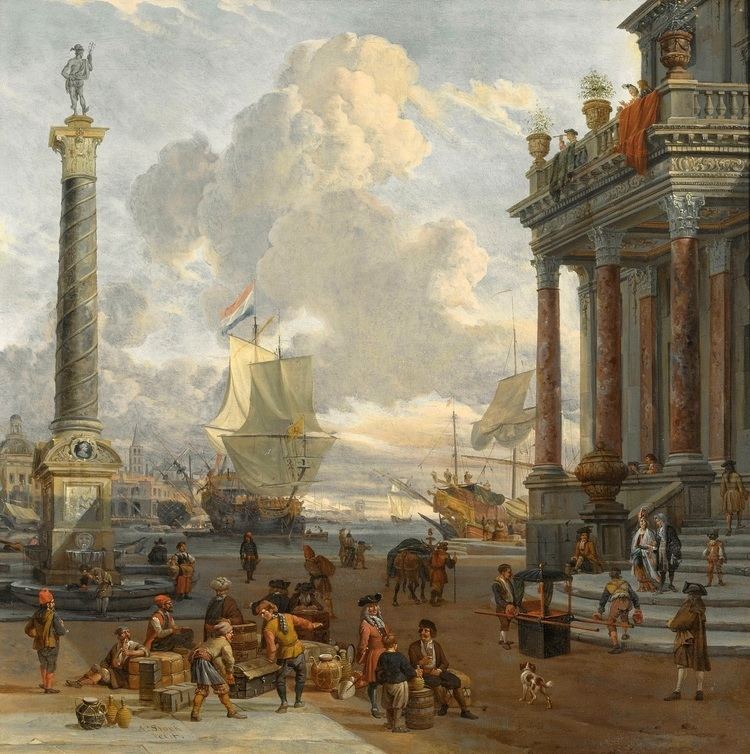A currency union (also known as monetary union) involves two or more states sharing the same currency without them necessarily having any further integration (such as an economic and monetary union, which would have, in addition, a customs union and a single market).
Three types of currency unions exist:
- Informal – unilateral adoption of foreign currency
- Formal – adoption of foreign currency by virtue of bilateral or multilateral agreement with the issuing authority, sometimes supplemented by issue of local currency in currency peg regime
- Formal with common policy – establishment by multiple countries of a common monetary policy and issuing authority for their common currency
The theory of the optimal currency area addresses the question of how to determine what geographical regions should share a currency in order to maximize economic efficiency.
Note: Every customs and monetary union and economic and monetary union also has a currency union.
Zimbabwe is theoretically in a currency union with four blocs as the South African rand, Botswana pula, British pound and US dollar freely circulate, the US Dollar was until 2016 official tender. [1].
Additionally the autonomous and dependent territories, such as some of the EU member state special territories, are sometimes treated as separate customs territory from their mainland state or have varying arrangements of formal or de facto customs union, common market and currency union (or combinations thereof) with the mainland and in regards to third countries through the trade pacts signed by the mainland state.
Disbanded
between Bahrain and Abu Dhabi using the Bahraini dinarbetween Bahrain, Kuwait, Oman, Qatar and the Trucial States, using the Gulf rupee from 1959 until 1966between Aden and South Arabia, Bahrain, Kenya, Kuwait, Oman, Qatar, British Somaliland, the Trucial States, Uganda, Zanzibar and British India (later independent India) using the Indian rupeebetween British India and the Straits Settlements (1837–1867) using the Indian rupeebetween Czech Republic and Slovakia (briefly from January 1, 1993 to February 8, 1993) using the Czechoslovak korunabetween Ethiopia and Eritrea using the Ethiopian birrbetween France, Monaco, and Andorra using the French francbetween the Eastern Caribbean, Jamaica, Barbados, Trinidad and Tobago and British Guiana using the British West Indies dollarbetween the Eastern Caribbean, Barbados, Trinidad and Tobago and British Guiana using the Eastern Caribbean dollarbetween Italy, Vatican City, and San Marino using the Italian lirabetween Jamaica and the Cayman Islands using the Jamaican pound and later Jamaican dollarbetween Kenya, Uganda and Zanzibar using the East African rupeebetween Kenya, Uganda and Zanzibar (and later Tanganyika) using the East African florinbetween Kenya, Tanganyika and Zanzibar (later merged as Tanzania), Uganda, South Arabia, British Somaliland and Italian Somaliland using the East African shillingLatin Monetary Union (1865–1927), initially between France, Belgium, Italy and Switzerland, and later involving Greece, Romania, Spain and other countries.between Liberia and the United States using the United States dollarbetween Mauritius and Seychelles using the Mauritian rupeebetween Nigeria, the Gambia, Sierra Leone, the Gold Coast and Liberia using the British West African poundbetween Prussia and the North German states (1838–1857) using the North German thalerbetween Russia and the former Soviet republics (1991–1993) using the Soviet rublebetween Qatar and all the emirates of the UAE, except Abu Dhabi using the Qatari and Dubai riyalbetween Saudi Arabia and Qatar using the Saudi riyalbetween Samoa and New Zealand using the New Zealand poundScandinavian Monetary Union (1870s until 1924), between Denmark, Norway and Swedenbetween the Solomon Islands, Papua New Guinea and Australia using the Australian dollarSouth German guilderbetween Spain and Andorra using the Spanish pesetabetween Trinidad and Tobago and Grenada using the Trinidad and Tobago dollarbetween Brunei, Malaysia, and Singapore (1953–1967) using the Malaya and British Borneo dollarbetween Cambodia, Laos, and Vietnam (1885–1952) using the French Indochinese piastrebetween South Africa and Botswana (1966–1976) using the South African randbetween Egypt and Sudan using the Egyptian pound – until 1956between West Germany and East Germany between 1 July 1990 and 3 October 1990, as part of a temporary, so-called "Monetary, Economic and Social Union" prior to German reunification.between Republic of Ireland and United Kingdom between 1928 and 1979 using the Irish Pound.proposed Pan-American monetary union – abandoned in the form proposed by Argentinaproposed monetary union between the United Kingdom and Norway using the pound sterling during the late 1940s and early 1950s
